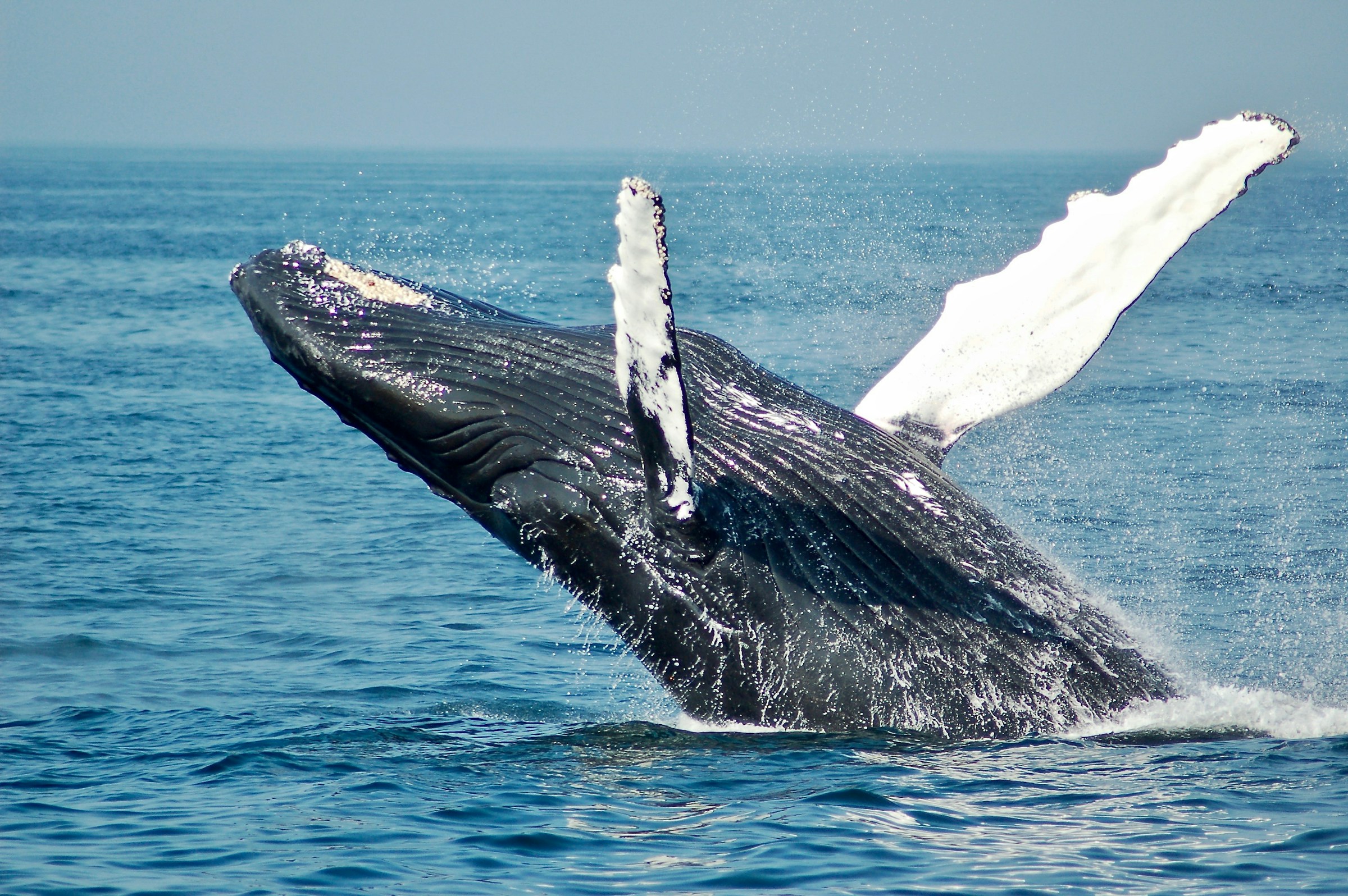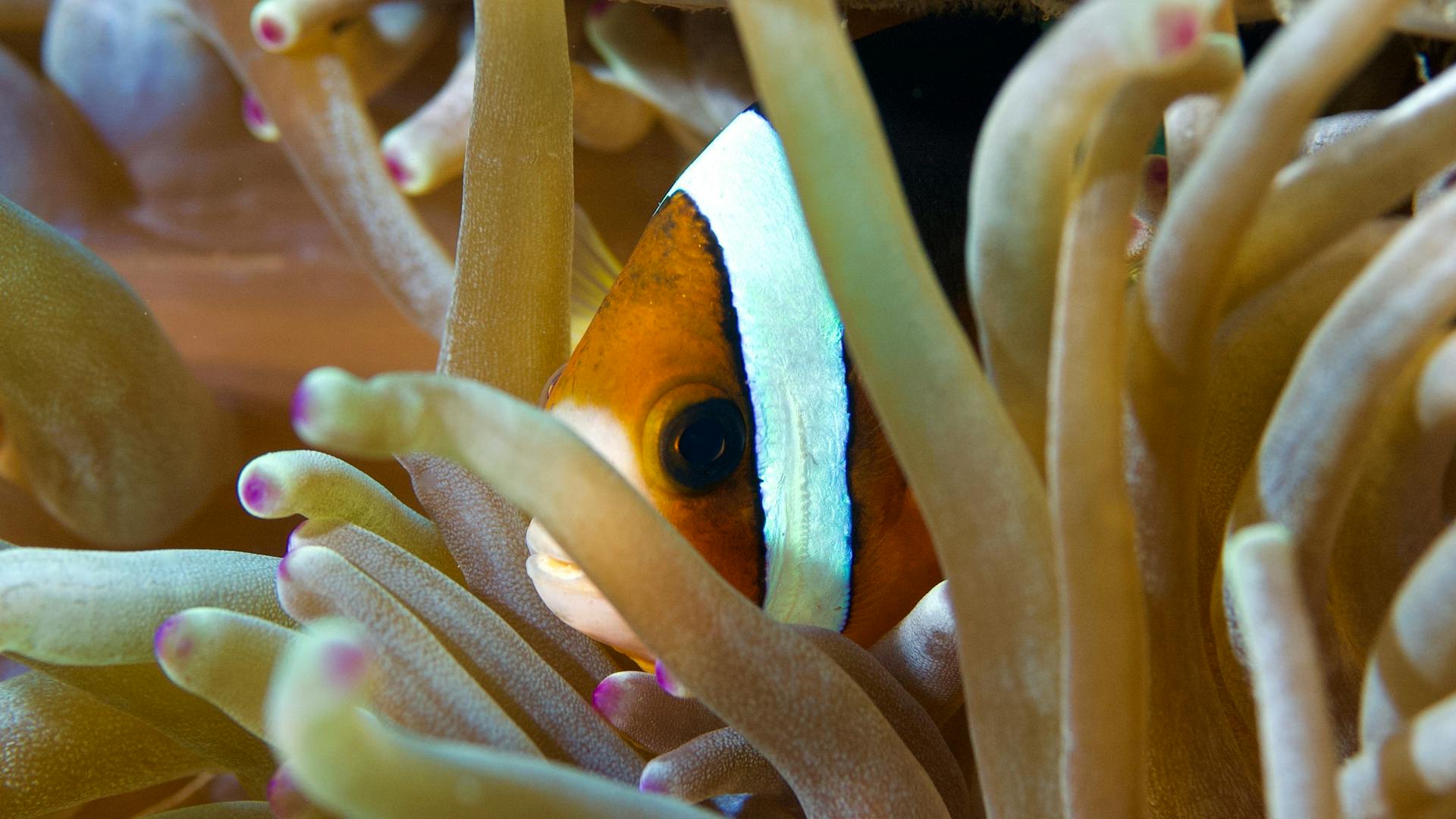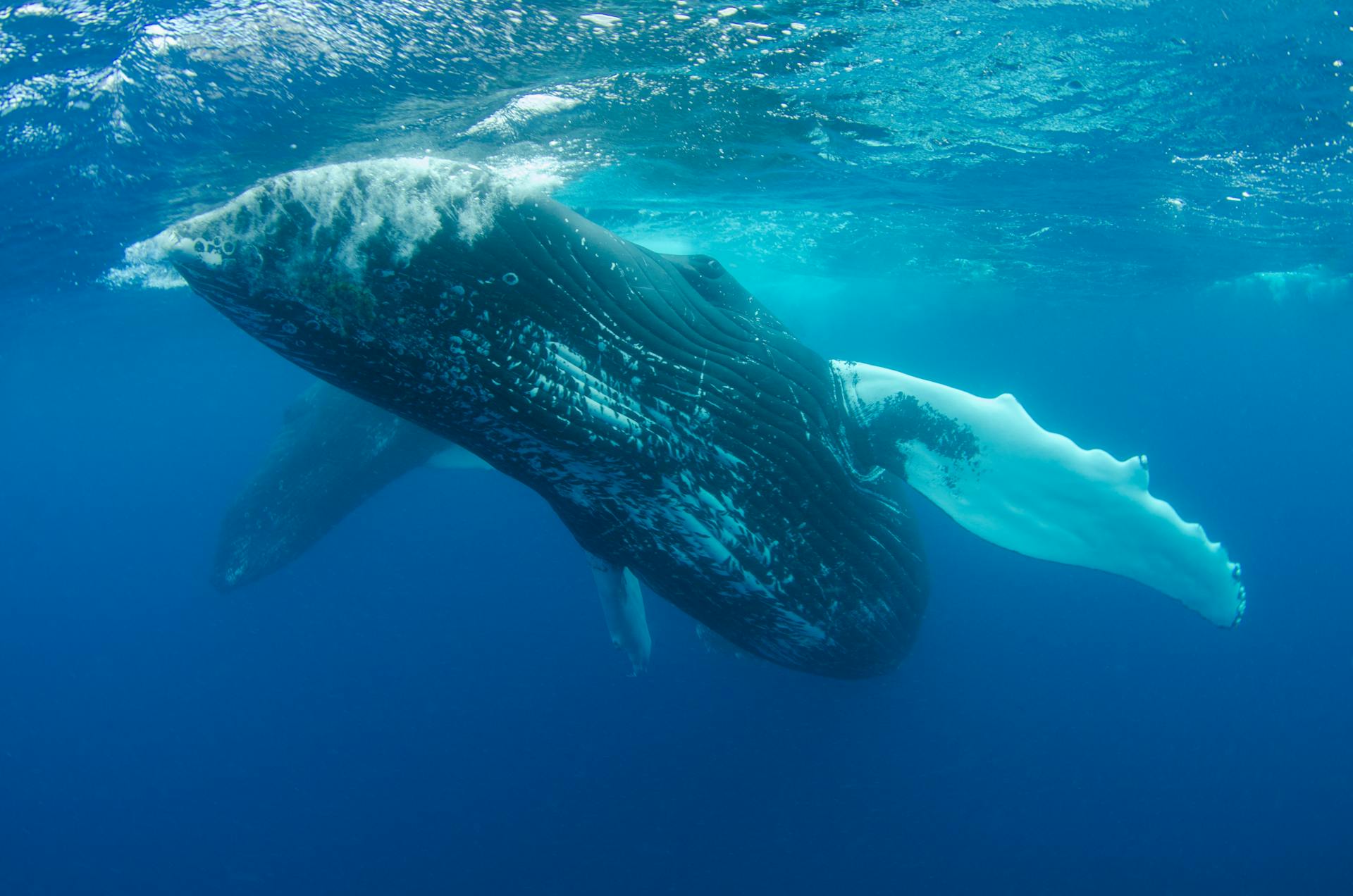Imagine a world where majestic right whales roam the oceans for over a century, living as long as humans. These gentle giants have the potential to reach an incredible 130 years, making them one of the longest-living marine mammals on the planet. But here’s the heartbreaking reality—most never get the chance.
Right whales, named for being the “right” whales to hunt during the whaling era, are remarkable creatures with the ability to live well beyond a century. Their slow aging and natural resilience should allow them to thrive for generations. However, human activities are cutting their lives tragically short. Ship strikes, entanglement in fishing gear, climate change, and ocean pollution are pushing them to the brink, with fewer than 350 North Atlantic right whales left in the wild. If we don’t act now, these magnificent beings may disappear forever. But there’s hope—by taking the right steps, we can ensure right whales live out their full lifespan and secure their future in our oceans.
The Longevity of Right Whales
Right whales are among the longest-living marine mammals, with scientific estimates suggesting they can reach up to 130 years in the wild. Their slow metabolism and natural resilience allow them to age gracefully, with few natural predators other than orcas. These whales grow at a steady pace, taking nearly a decade to reach maturity, and their strong immune systems help them withstand various environmental challenges. Given the right conditions, right whales should be able to thrive for over a century. However, human-related threats have significantly reduced their life expectancy, preventing many from even reaching middle age.
Threats to Right Whales’ Survival
Ship Strikes – A Deadly Encounter
One of the most immediate dangers to right whales is ship strikes. As they often travel near the surface, they are highly vulnerable to collisions with large vessels. The impact of a speeding ship can be fatal, leading to internal injuries, broken bones, or immediate death. With busy shipping lanes intersecting key migration routes, many right whales meet a tragic fate simply while navigating their natural habitat.
Fishing Gear Entanglement – A Slow and Painful Death
Another major threat is entanglement in fishing gear, particularly lobster and crab trap lines. These long, heavy ropes can wrap around a whale’s body, flippers, or mouth, making it difficult to swim, feed, or even breathe properly. In many cases, entangled whales suffer from deep wounds and infections or slowly starve to death. Over 85% of North Atlantic right whales bear scars from entanglements, a grim sign of how pervasive this issue has become.
Climate Change – Disrupting Food and Migration
Right whales primarily feed on tiny crustaceans called copepods, which thrive in cold waters. However, rising ocean temperatures caused by climate change have altered their food supply, forcing whales to migrate longer distances in search of sustenance. This not only increases their energy expenditure but also pushes them into unfamiliar waters where they face greater risks from ships and fishing gear.
Pollution and Noise – A Silent Killer
Pollution, including plastic waste and chemical runoff, poses a serious health risk to right whales. Ingesting toxins can weaken their immune systems and affect reproduction. Additionally, increased noise pollution from ships, oil exploration, and industrial activity disrupts whale communication. Right whales rely on low-frequency calls to find mates, navigate, and coordinate movements. With excessive underwater noise, their ability to communicate is severely impaired, further endangering their survival.
Conservation Efforts and Solutions
Shipping Regulations – A Safer Route for Whales
To reduce ship strikes, conservation groups and governments have implemented speed limits in areas where right whales are commonly found. Rerouting major shipping lanes away from critical habitats has also proven effective in minimizing collisions. However, stricter enforcement and greater cooperation from the maritime industry are needed to make these measures truly effective.
Sustainable Fishing Practices – Reducing the Risk of Entanglement
New technologies, such as ropeless fishing gear, are being developed to eliminate the risk of entanglement. These innovations allow traps to be deployed and retrieved without leaving dangerous vertical lines in the water. Encouraging the fishing industry to adopt safer methods through incentives and regulations is a key step in protecting right whales.
Marine Protected Areas – Giving Whales a Safe Space
Establishing marine protected areas (MPAs) can create safe zones where right whales can feed, breed, and migrate without human interference. Expanding these areas and enforcing strict protections will provide a crucial refuge for the species to recover.
Climate Action and Pollution Control – Protecting the Ocean
Addressing climate change and ocean pollution on a global scale is vital for the survival of right whales. Reducing carbon emissions, minimizing plastic waste, and limiting harmful industrial activities in marine environments will help create a healthier ocean for these whales and countless other species.
Why Protecting Right Whales Matters
Right whales play a crucial role in maintaining the health of the ocean ecosystem. As they dive and resurface, they help circulate nutrients that support marine life, contributing to the balance of the food chain. Their survival is not just about saving a single species—it’s about preserving the integrity of the entire marine environment. Ethically, we have a responsibility to correct the damage caused by human activity and ensure future generations inherit a thriving ocean.
How We Can Help
Everyone can play a role in right whale conservation. Supporting policies that protect marine life, choosing sustainably sourced seafood, and reducing personal carbon footprints are small but impactful actions. Additionally, donating to or volunteering with organizations like the Whale and Dolphin Conservation (WDC), the North Atlantic Right Whale Consortium, and Ocean Conservancy can help fund crucial research and conservation programs.
Conclusion
Right whales have the potential to live for over a century, but only if we take immediate action to address the threats they face. Through stronger conservation efforts, sustainable practices, and individual advocacy, we can ensure these magnificent creatures continue to roam the oceans for generations to come. The future of right whales is in our hands—let’s choose to protect them.
Frequently Asked Questions (FAQs)
1. How long can right whales live?
Right whales have the potential to live up to 130 years, making them one of the longest-living marine mammals. However, due to human-related threats, many do not reach their full lifespan.
2. Why are right whales endangered?
Right whales are critically endangered due to ship strikes, fishing gear entanglement, climate change, pollution, and habitat destruction. With fewer than 350 North Atlantic right whales remaining, urgent conservation efforts are needed.
3. How do ship strikes harm right whales?
Since right whales often swim near the surface, they are at high risk of being hit by fast-moving vessels. These collisions can cause severe injuries or death, making ship strikes one of the leading causes of mortality.
4. What is being done to protect right whales?
Efforts to protect right whales include enforcing speed limits for ships, developing ropeless fishing gear to prevent entanglements, creating marine protected areas, and addressing climate change and pollution to preserve their habitat.
5. How does climate change affect right whales?
Climate change is disrupting right whales’ primary food source, forcing them to migrate to new areas where they face increased risks from ships and fishing gear. Warmer ocean temperatures also impact their breeding and overall health.
6. How can I help protect right whales?
You can support right whale conservation by:
- Advocating for stronger marine protection laws.
- Supporting organizations that work to save right whales.
- Reducing plastic waste and carbon emissions.
- Choosing sustainably sourced seafood to support responsible fishing practices.
7. Are there laws in place to protect right whales?
Yes, various laws and agreements, such as the U.S. Marine Mammal Protection Act and the Endangered Species Act, aim to protect right whales. However, stronger enforcement and expanded protections are still needed.
8. What happens if right whales go extinct?
The extinction of right whales would disrupt marine ecosystems, as they play a vital role in ocean nutrient cycles. Their loss would also be a tragic failure of conservation efforts to protect one of the ocean’s most iconic species.


